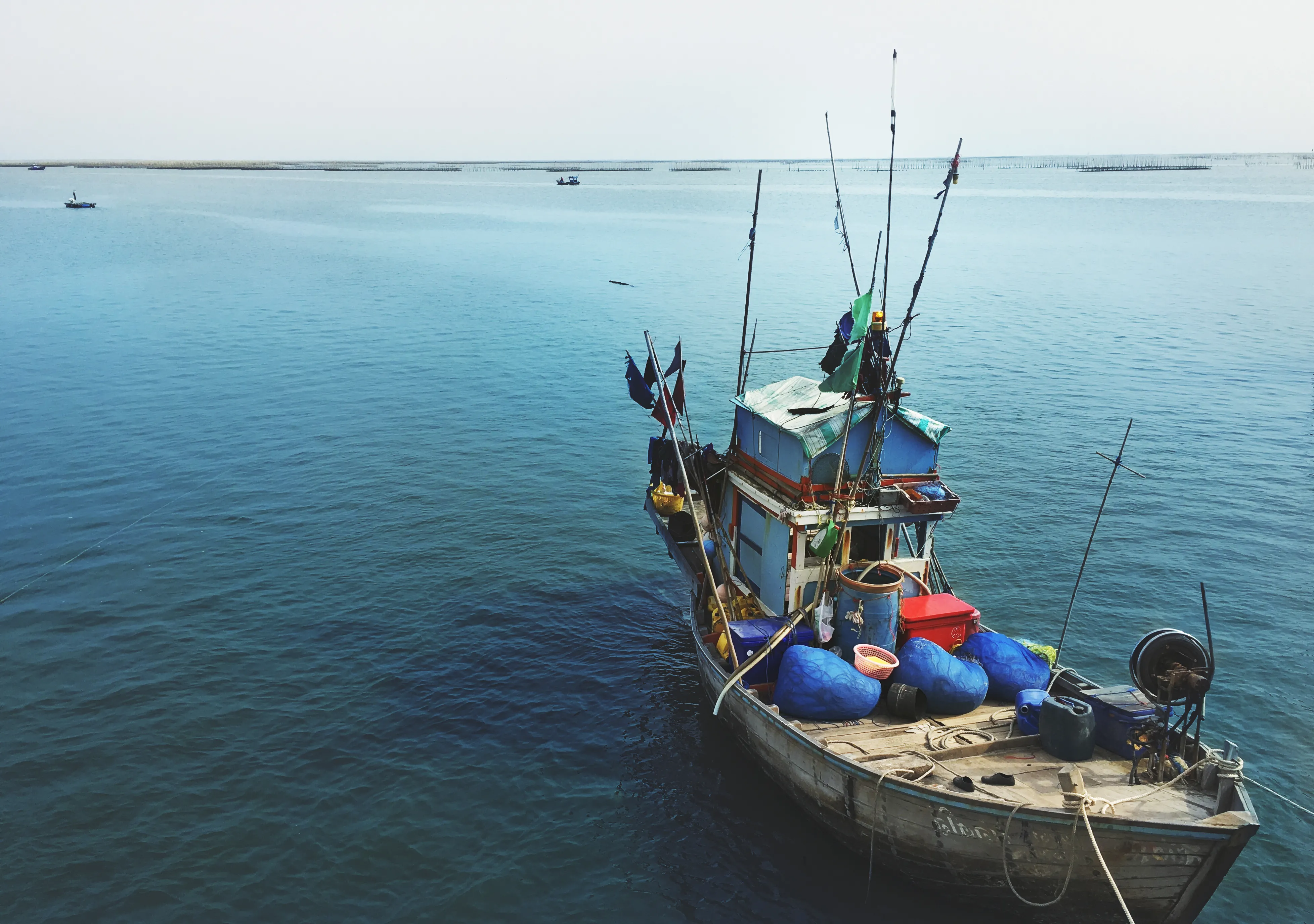
INDIA - $29.6 billion plan to upgrade grid for clean power

Hejamadi Kodi Harbour Project Records 87% Progress in Karnataka
The Department of Fisheries has reported significant progress on the Hejamadi Kodi fishing harbour development in Udupi district, Karnataka. The project was granted administrative approval in August 2018 for the upgrade of the existing fish landing centre at a total cost of Rs 1.38 billion, with Rs 346.5 million sanctioned as financial assistance under the Sagarmala Scheme. The Department of Fisheries, Government of Karnataka, acting as the implementing agency, has indicated that physical progress stands at 87 per cent, with the project scheduled for completion by March 2026. The upgrade aims..

India Expands Global Partnerships in Ports and Maritime Logistics
The Government has expanded international engagement across ports, shipping and maritime geo-logistics through collaborations with foreign governments, multilateral institutions and global maritime industry partners. The partnerships span port modernisation, shipping-infrastructure development, digitisation, green-shipping initiatives and maritime skill development. Recent engagements include the India–Russia cooperation on the Northern Sea Route and Eastern Maritime Corridor, training of Indian seafarers in polar waters, the Indo-Danish Centre of Excellence in Green Shipping and the India�..

NSL Posts Best-Ever November Output Across Key Steel Units
NMDC Steel (NSL), India’s youngest integrated steel plant, has reported its strongest November performance, marking record achievements across multiple operational units. The company highlighted sustained process stability, improved efficiency and rising capacity utilisation as key drivers of its milestone output. The Raw Material Handling System recorded its highest-ever daily wagon-tippling figure with 616 wagons handled on 21 November 2025, while Base Mix production for the month reached a peak of 5,18,886 tonnes. At the Sinter Plant, NSL set new day and monthly records with 15,590 tonne..

















